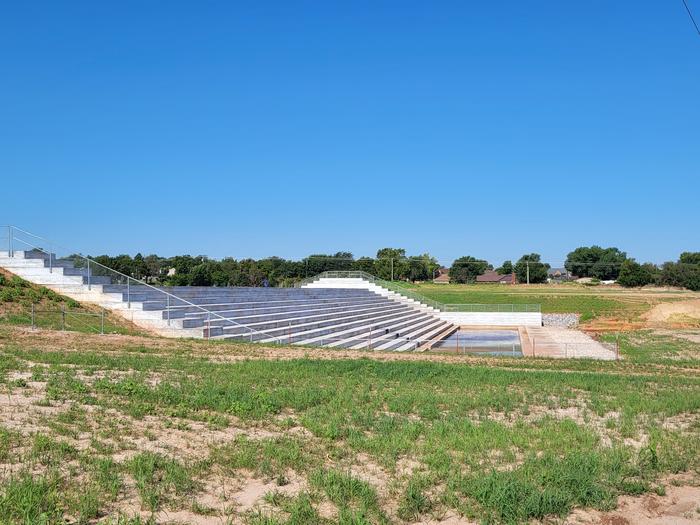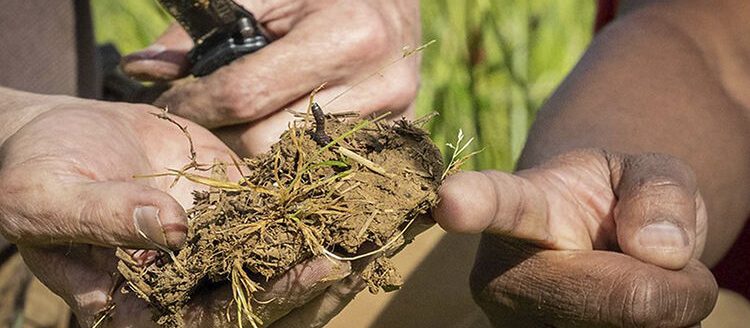The U.S. Department of Agriculture’s Agricultural Research Service held a dedication ceremony May 20 to mark the completion of the modernization of the ARS Experiment Lake Dam in Woodward, Oklahoma.
The new repairs and upgrades will provide cutting-edge facilities for the Oklahoma and Central Plains Agricultural Research Center, where scientists will investigate sustainable mixed-grass prairie agroecosystems management and soil health, in addition to developing tools to evaluate the environmental outcomes of agriculture and hydrologic and hydraulic processes in the field to a national scale. The modernization also ensures the dam continues to meet state safety criteria, provides better flood protection for downstream residents and continues to serve as both a reservoir for irrigation and a safe recreational lake for Woodward and surrounding communities.
Modernization
The modernization of the Experiment Lake Dam incorporates a new pumping system that efficiently provides irrigation water to fields used in research projects focused on breeding and genetic studies of primarily forages, turf grasses and bioenergy crops at the Livestock, Forage and Pasture Management Research Unit’s Woodward location.
The dam will also become part of the network pilot program to remotely monitor the performance and safety of earthen dams. The redesign also includes a new spillway design to maintain base flow and limit overflow during a flood. The new spillway design is based on scientific research results and subsequent development of standardized design guidance developed by ARS scientists at its sister unit, Agroclimate and Hydraulic Engineering Research Unit, in Stillwater, Oklahoma.
“The modernization of the dam represents a key example of USDA efforts to ensure safety and extend the life of dams throughout the United States,” said Center Director Stacey Gunter of the Oklahoma and Central Plains Agricultural Research Center. “This project was the product of an interagency collaboration between the Natural Resources Conservation Service and ARS.”
The dam was originally built in 1937 to store water for the irrigation of crops located at the research station during the development of new crops like native grasses for conservation and milo for grain. USDA-ARS scientists at the Woodward location and across the state of Oklahoma utilize this irrigated resource for a variety of research objectives.
Genetic improvements
These include the genetic improvement of forage and turf grasses such as buffalograss, Indiangrass, sideoats grama and blue grasses; the assessment of switchgrass fertilizer management alternatives; and the evaluation of barley and guar germplasm.
Over the last decade, the Livestock, Forage and Pasture Management Research Unit has released several native forage varieties that were evaluated there, including Centennial sand bluestem, Ahring little bluestem, and Sims little bluestem. Throughout the years, the dam has become a vital component of the surrounding communities, providing flood protection and refuge to wildlife, and it has served as a recreational spot.
In 2015, the USDA-NRCS State Conservation Engineers entered an interagency agreement with USDA-ARS, completing an inspection to evaluate the current structural condition of the dam and subsequent rehabilitation design. USDA-NRCS conducted the inspections, designed the dam rehabilitation and managed the construction project on behalf of USDA-ARS.




